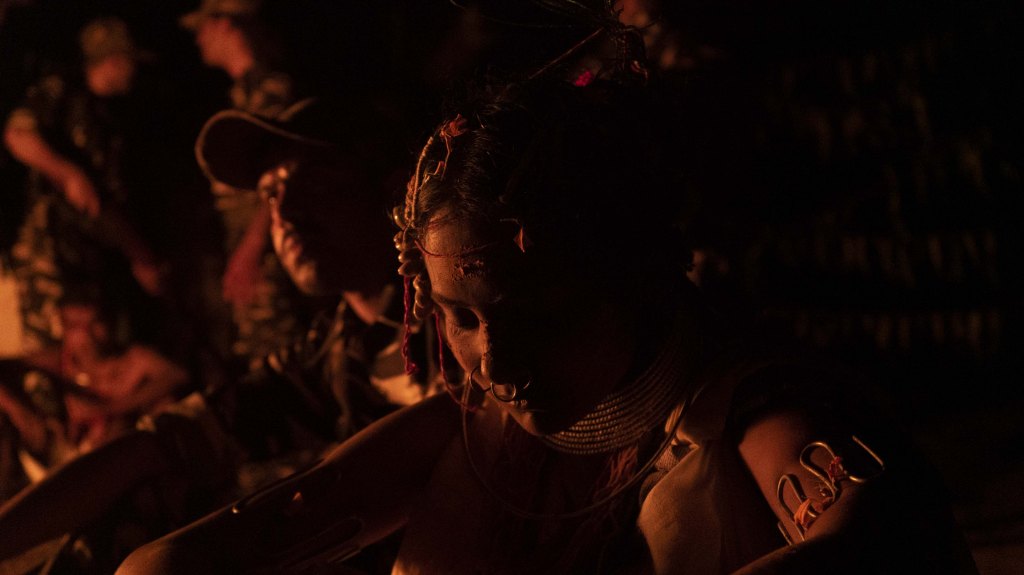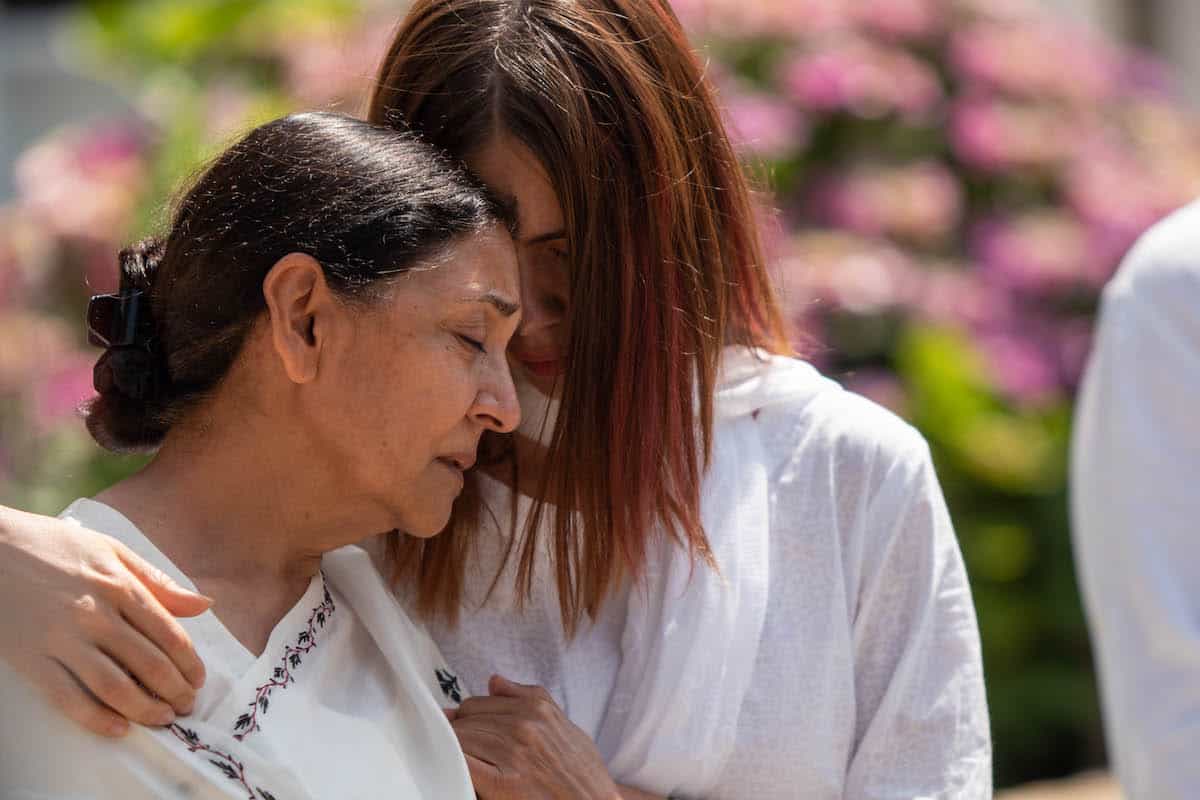By Rachit Raj
In Devashish Makhija’s short film Cycle, he turns his eye towards the wrath of a tribal community, and the systematic brutality they go through, forcing them to be rebels, living a life defined by isolation, fear, and one where guns become an unlikely, indispensable ally in their hope of a safe life.
The film opens with a horrifying sequence of uniformed officers (army men) scathing a gathering of a tribal community. There are no uncomfortable visuals, but just hints of the ensuing violence, and a slideshow of frightened faces of innocent tribals. The dialogues do the work of conveying the horrific truth of these invasions by armed forces in the world of these tribals. There are commands given to rip these people off their clothes, as they are held against their will – their arms and legs lifted from the ground.
Makhija employs a number of creative techniques throughout this film to make it both real and brutal, that goes, both, in favour and against the film. Shot as three single-shot scenes punctuated by a distinct shift in tone, the film – shot on a phone camera – is designed to give a sense of urgency, a seizure of panic, that makes you feel the constant fear that these people live in on a regular basis.
What it also provides is the borrowed calm of the following day. There is a fantastic sequence where one person sings a song nonchalantly, while another woman sits at a distance, chopping off her hair as if there is something deeper, darker, more sinister going on in her head. That one frame reflects how the invasion of those men gives birth to different responses in these people. Not all are driven by anger, but the fear of another attack and the agony of the previous one takes control of their sense of self, and their obsession to see violence as the only refuge.
However, the realism invoked by Makhija’s filmmaking can also work as a deterrent to the experience of the film’s viewership. As the title suggests, the film tries to expand on the cyclic relationship of police brutality and an aggressive response from the tribal community. It is an idea – a structure – that is devoid of a moving plot by design. Theoretically, it makes sense and the searing discomfort Makhija aims for is achieved. But this also makes the nineteen-minute runtime of the film feel longer than it is.
The sheer absence of movement, and in extension a resolution of the plot might make the film seem a little dissatisfying to some, but the brilliance of the film lies in the very suspension of these normative ideas. Cycle does not have a beginning or an end. It does not give us the luxury of letting us feel that the opening scene is the beginning of an onslaught. It is just one of many onslaughts that uniformed men force upon these people. The latter half of the narrative, too, is not ripe with a sense of an ending. It ends as abruptly as it begins, giving us shades of lives rarely recognized, but not the comfort of knowing that things are any closer to getting better for them. Unlike a cycle that defines the movement, Cycle is a snapshot of a life, a community, and Makhija is aware here that sometimes just a static snapshot can be fierce enough to send freeze viewers into a sense of informed discomfort.
[Read more of the author’s work on his blog]
“Cycle” had its premiere at the Hummingbird international film festival







Leave A Comment
You must be logged in to post a comment.